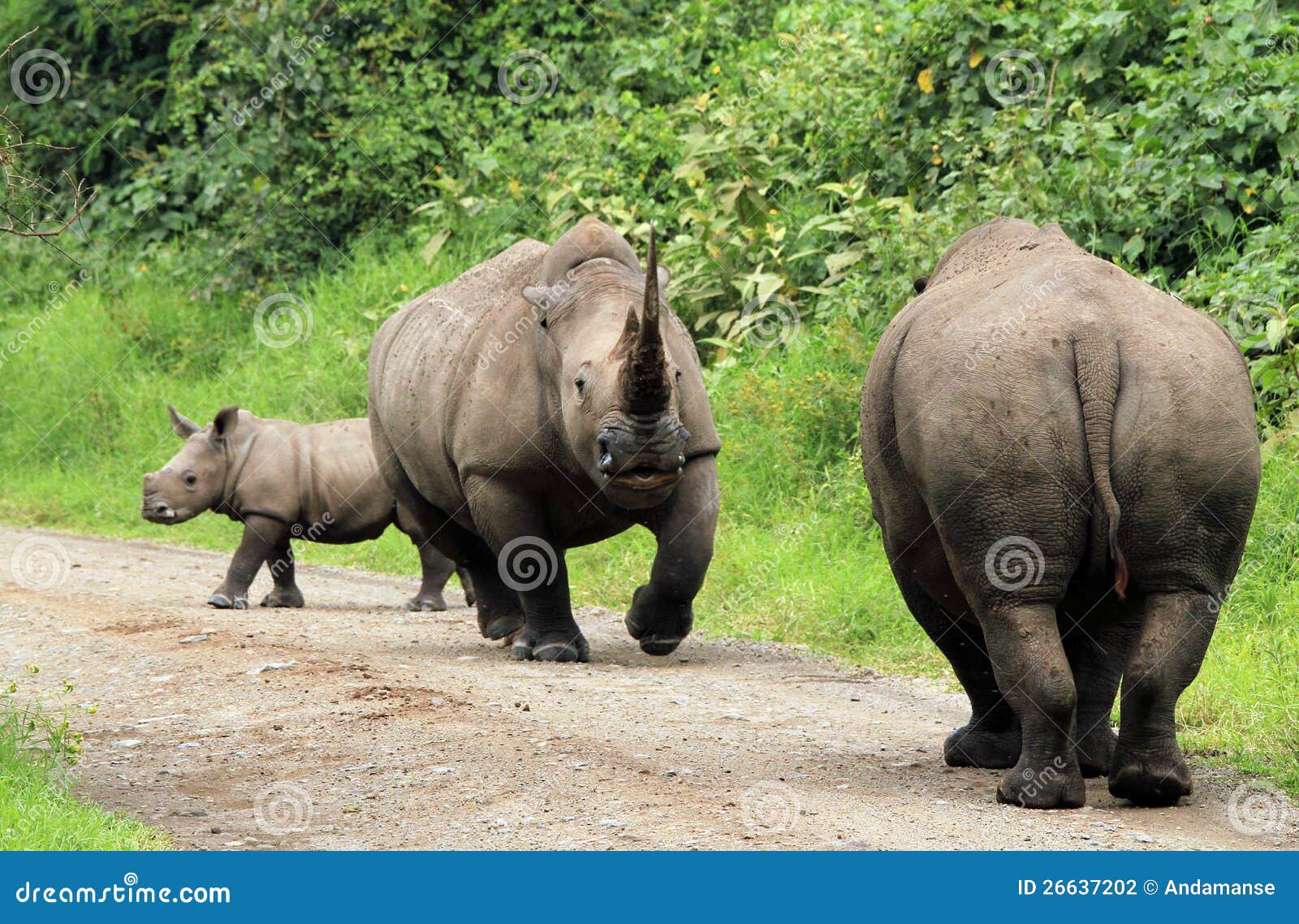
by Kendall Segel-Evans
originally published: ENDING MEN'S VIOLENCE NEWSLETTER, Fall, 1989
I recently read the National Organization for Changing Men's statement on child custody, and the position taken that, in general, sole custody by the previously most involved parent is preferable to joint custody. I would like to elaborate on this position for families where there has been violence between parents (i.e. woman-abuse). The following includes the main points of a deposition I was asked to provide to a lawyer for the mother in a child custody case. I do not believe this is the last or best word on the subject, but I hope that it will simulate useful dialogue about the effects on children of wife-abuse and the treatment of wife-abusers. I also wish to further discussion on the issue of how we are going to truly end men's violence. Clearly, I believe that the treatment of wife-abusers should not only be held accountable to the partner victim/survivors, but also to the children, and to the next generation.
I would like to mention that I will speak of husbands and fathers abusing wives and mothers, because that is the most common situation by far, not because the reverse never happens. It also seems to be true that when there is wife to husband violence it is usually in self-defense and usually does not have the same dynamics or effects as wife abuse. I will use the words violence and abuse somewhat interchangeably, because, in my opinion, domestic violence is not just about physical violence. Domestic violence is a pattern of physical, sexual, economic, social and emotional violence, coercion, manipulation and mistreatment or abuse. Physical violence and the threat of such violence is only the part of the pattern that is most visible and makes the other parts of the pattern difficult to defend against. Once violence is used, its threat is never forgotten. Even when the violence is stopped by threat of legal action or by physical separation, the coercion, manipulation and abusiveness continue (Walker and Edwall, 1987).
Accompanying this pattern of behaviors are common styles of coping or personality characteristics - such as the tendency to blame others for ones problems and impulsiveness - that most batterers share. Almost every man I have worked with has a tendency to see his partner (or his children) as responsible for his pain when he is upset. This leads to seeing his partner (or his children) as an enemy who must be defeated before he can feel better. This is destructive to emotional health even when it does not lead to overt violence.
In my opinion, it would be better, in most cases, for the children of homes where there has been domestic violence not to be in the custody of the abusive parent at all. In many cases it is even advisable that visitation be limited to controlled situations, such as under a therapist's supervision during a therapy session, unless the batterer has been in batterer's treatment and demonstrated that he has changed significantly in specific ways. "Merely" observing ones father abuse ones mother is in itself damaging to children. My clinical experience is consistent with the research literature which shows that children who witness their father beat their mother exhibit significantly greater psychological and psychosomatic problems than children from homes without violence (Roy, 1988). Witnessing abuse is more damaging in many ways than actually being abused, and having both happen is very damaging (Goodman and Rosenberg, 1987). Studies show that a high percentage (as high as 55%) of fathers who abuse their wives also abuse their children (Walker and Edwall, 1987). In my experience, if one includes emotional abuses such as being hypercritical, yelling and being cruelly sarcastic, the percentage is much higher. The damage that children suffer is highly variable, with symptoms ranging from aggressive acting out to extreme shyness and withdrawal, or from total school failure to compulsive school performance. The best way to summarize all the symptoms despite their variety is to say that they resemble what children who suffer other trauma exhibit, and could be seen as a version of Post Traumatic Stress Disorder (Walker and Edwall, 1987).
Equally serious is the long term effect of domestic violence - intergenerational transmission. Children who observe their mothers being beaten are much more likely to be violent to a partner themselves as adults. In one study, men who observed violence towards their mother were three times more likely to be abusive than men who had not observed such violence (Strauss et al., 1980). The more serious the abuse observed, the more likely the men were to repeat it. Being abused also makes children likely to grow up to be violent, and having both happen increases the probability even more.
How children learn to repeat the abuse they observe and experience includes many factors. One of the more important is modeling. When they grow up, children act like their parents did, consciously or not, willingly or not. Several of the boys I have worked with have been terribly conflicted about being like their father, of whom they were afraid and ashamed. But they clearly carried parts of their father's behavior patterns and attitudes with them. Other boys from violent homes idealized their father, and they were more likely than the others to beat their wives when they grew up (Caesar, 1988). Several of the men I have worked with in group have lamented that they told themselves that they would not beat their wives the way their mother was beaten when they were children. But when they became adults, they found themselves doing the same things their father did. One reason for this is that even if the physical abuse stops, if the children still have contact with the batterer, they are influenced by his coping styles and personality problems. As Lenore Walker observes (Walker and Edwall, 1987, p. 138), "There is also reason for concern about children's cognitive and emotional development when raised by a batterer who has a paranoid-like pattern of projecting his own inadequacy and lack of impulse-control onto others." Dr. Pagelow agrees, "It may become desirable to avoid prolonged contact between violent fathers and their sons until the men assume control over their own behavior and the examples of 'manhood' they are showing to the boys who love them, (Pagelow, 1984, p. 256). If the abusive man has not sought out domestic violence specific treatment for his problem, there is no reason to believe that the underlying pattern of personality and attitudes that supported the abuse in the past have changed. There is every reason to believe it will impact his children.
Additionally, in a society where the majority of wife-beatings do not lead to police reports, much less to filings or convictions, it is easy for children to perceive that abusiveness has no negative consequences. (One study, by Dobash and Dobash, found that 98% of violent incidents between spouses were not reported to the police [reported in Pagelow, 1984, p. 437]). Some children, seeing who has the power and guessing what could happen to them if they opposed the power, will side with the abuser in custody situations. Often, children will deny that the abuse ever happened. Unfortunately, the children who side with the abuser, or deny the abuse, are the most likely to be abusive themselves as adults. It is very important that family court not support this by treating a wife-beating father as if he were just as likely to be a good parent as the woman he beat. As Gelles and Strauss point out in their book Intimate Violence (1988), people are violent in part because they believe they can get away with it. Public consequences are important for preventing the intergenerational transmission of violence. Boys, particularly, need to to see that their father's abusiveness leads to negative, not positive results.
Lastly, I would like to point out that joint legal custody is likely to be damaging to children when there has been spousal violence. My experience with my clients is definitely consistent with the research results reported by Judith Wallerstein to the American Orthopsychiatric Association Convention in 1988. The data clearly show that joint custody is significantly inferior to sole custody with one parent when there is parental conflict after the divorce, in terms of the children's emotional adjustment as well as the mother's safety. Most batterers continue their abusiveness after the marriage, into the divorced parent relationship, in the form of control, manipulation and harassment over support payments, visitation times, and parenting styles. The children are always aware of these tensions and battles, and sometimes blame the mother for not just giving in and keeping the peace - or for being too submissive. The batterer often puts the children right in the middle, taking advantage of his belief that she will give in to avoid hurting the children. The damage to the children in this kind of situation is worse because it is ongoing, and never is allowed to be resolved or have time to heal.
Because I work with batterers, I am sympathetic to the distress they feel at being separated from their children for long periods of time. However, the men who truly cared about their children for the children's sake, and not for what the children do for their father's ego, have been willing to do the therapeutic work necessary to change. They have been willing to accept full responsibility for their violent behavior, and however reluctantly, have accepted whatever restrictions on child visitation existed for safety reasons. They have been willing to be in therapy to deal with "their problem." They have also recognized that they were abused as children themselves, or witnessed their mother being abused, or both, and are willing to support interrupting the intergenerational transmission of violence.
Kendall Segel-Evans, M.A. Marriage, Family and Child Counselor
BIBLIOGRAPHY
Caesar, P. Lynn., "Exposure to Violence in the Families of Origin Among Wife Abusers and Maritally Violent Men." Violence and Victims , Vol. 3, No. 1, Spring, 1988.
Davis, Liane V., and Carlson, Bonnie E., "Observation of Spouse Abuse - What Happens to the Children?" Journal of Interpersonal Violence, Vol. 2, No. 3, September 1987, pp. 278-291, Sage Publications, 1987.
Dutton, Donald., The Domestic Assault of Women, Allyn and Bacon, 1988.
Gelles, Richard J. and Strauss, Murray A., Intimate Violence, Simon and Schuster, 1988.
Goodman, Gail S., and Rosenberg, Mindy, S., "The Child Witness to Family Violence: Clinical and Legal Considerations. Ch. 7, pp. 47ff. in: Sonkin, Daniel. Ph.d., Domestic Violence on Trial, Springer, 1987.
Pagelow, Mildred Daley, Family Violence, Praeger Publications, 1984.
Roy, Maria., Children in the Crossfire, Health Communications, Inc. 1988.
Roy, Maria., The Abusive Partner, Van Nostrand, 1982.
Sonkin, Daniel. Phd., Domestic Violence on Trial, Springer, 1987.
Strauss, Murray A., et. al., Behind Closed Doors, Anchor Books, 1980.
Walker, Lenore E.A., and Edwall, Glenace E. "Domestic Violence and Determination of Visitation and Custody in Divorce." Ch. 8, pp. 127ff. Sonkin, Daniel. Phd. Domestic Violence on Trial, Springer, 1987.
Wallerstein, Judith., Report to the American Orthopsychiatric Association Convention, 1988.
Copyright 1995, 1996, 1997, 1998, 1999, 2000 Minnesota Center Against Violence and Abuse
GREAT SITE FOR PARENTS TRYING TO CO-PARENT
Labels: child custody, cycle of abuse, family court, high conflict, lawyers, manipulation, stalking, visitation, wife abuse




























